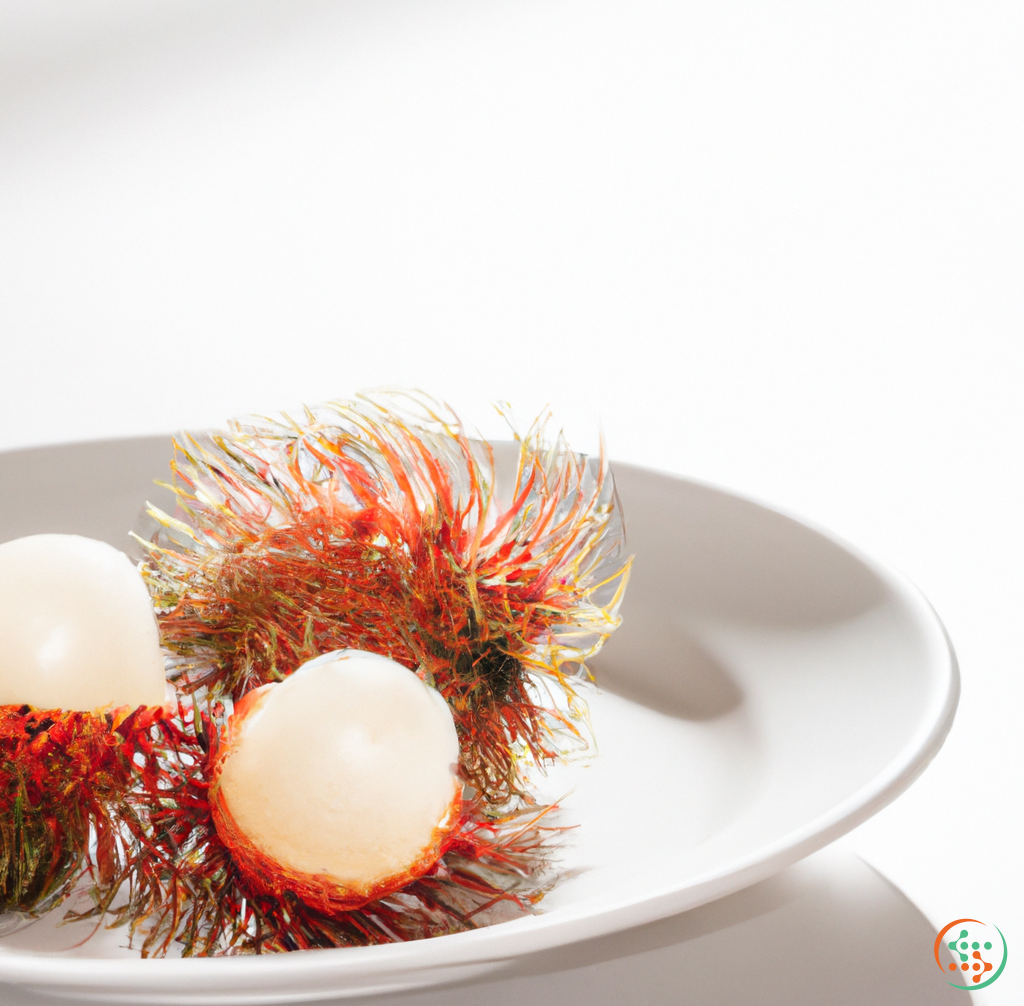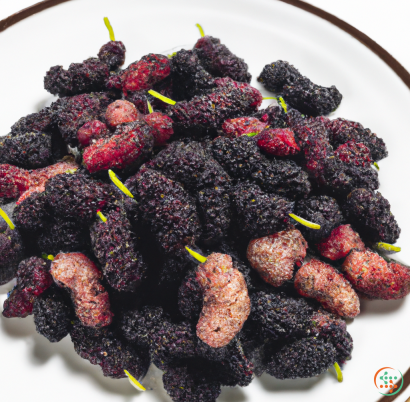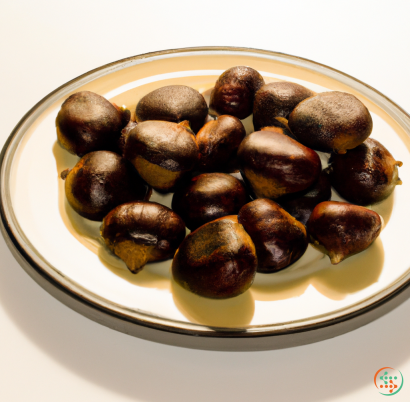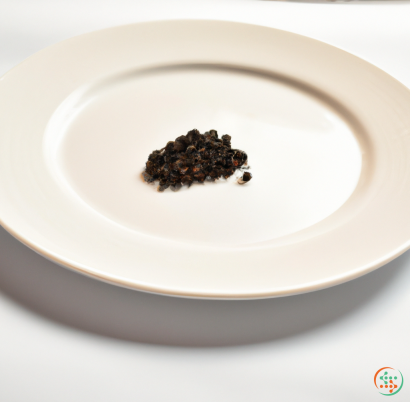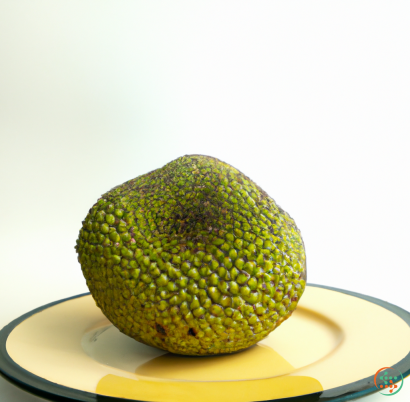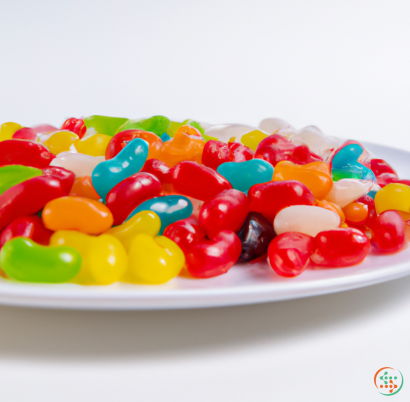Rambutan
A rambutan is a sought-after tropical fruit that hails from Southeast Asia and is gaining in popularity today. Its exotic, juicy taste and bright red, hairy exterior are sure to leave an impression on anyone lucky enough to try it. Its flavor has often been described as one part lychee and one part strawberry, although it’s much more than just a hybrid of two other fruits. Let’s explore the unique and intriguing fruit known as the rambutan.
Rambutan is a fruit that comes from a family of tropical trees called Sapindaceae. It grows in warm, humid climates like Southeast Asia, Thailand, and Malaysia, and is harvested from May to December. Stemming from the Malay word “rambut”, meaning “hair” in English, that’s exactly what the fruit is known for – it's covered in bright red spines, or “hairs” that give it its unmistakable and festive look. When ripe, the fruit has a sweet and juicy flavor, a white fleshy interior, and often times contain a single large seed.
Rambutan is a high source of vitamin C and potassium, making it packed full of nutrients. This tropical treat can be eaten raw, blended with other fruits and vegetables to make a smoothie, or even used in cooking to add a unique sweet flavor. It’s a great source of antioxidants, helps support the immune system and can even regulate blood sugar levels in your body.
This exotic fruit is also believed to have many healing properties. It is said to boost energy, improve digestion, and reduce inflammation. It has been found to contain bioactive compounds that may have protective effects on the liver too. It is believed to reduce the risk of cancer and may also provide protection against arthritis.
Who would’ve known that this spiky little fruit would be so beneficial to one’s health?
In Southeast Asia, the easiest way to enjoy a Rambutan is to purchase one from a street vendor. These vendors can be spotted selling the delicious fruits from little stands on the side of the road or in the markets. In some areas, it is best to wait until the sun has set to find these vendors as they have a tendency to set up shop during the cooler hours of the night. Their prices can vary depending on the season and crop of the Rambutans that they currently have in stock. The good news is these fruits are relatively inexpensive, making them a great snack or addition to a meal.
Rambutans can also be found in the frozen food section of Asian supermarkets or in specialty stores. They can be eaten right out of the package and usually come in packs that range from 10 - 30 pieces. However, oftentimes the frozen Rambutan loses some of its flavor and overall freshness. This can still be an enjoyable way to enjoy the fruit, as long as you find it from a more reputable source.
The rambutan is an exotic, nutritious and versatile fruit that has a lot going for it. Whether you’re an adventurous eater or just looking for something different to try, the rambutan is worth a sample. It will provide you with plenty of health benefits and just enough sweetness to make your taste buds happy. Plus, you’ll get to show off your knowledge about this unique fruit to friends and family!
Rambutans are oftentimes seen as a rare and exotic fruit, not native to many parts of the world and only occasionally found on the shelves of specialty stores. But how did this reddish-furred tropical fruit come to be? How does a Rambutan travel from a tree to a dinner plate? To answer these questions, let’s explore the unique and intricate biological and environmental processes that come together to create a Rambutan.
What is a Rambutan?
Rambutan is a round, red-furred tropical fruit native to Southeast Asia. The scientific name for the Rambutan is Nephelium lappaceum, and it belongs to the Sapindaceae family. In its native habitat, Rambutans are found mainly grown on evergreen trees that can reach heights of up to 115 feet and live for as long as 100 years.
The spherical shape and striking red fur of the Rambutan make it instantly recognizable. The fur, which ranges in color from red to pink to orange, is made of several long slender hairs that give the fruit its unique look. The Rambutan’s flesh is considered sweet and sour, with a slightly acidic flavor and a crunchy texture.
How do Rambutans Grow?
To understand how a Rambutan travels from a tree to a dinner plate, it is necessary to first understand the unique set of environmental and biological conditions that are necessary for the Rambutan to grow. Once the groundwork has been established, we can then explore the stages of growth that the Rambutan must go through before it becomes, an edible, ripe fruit.
Firstly, in order for a Rambutan tree to thrive and produce fruit, the trees need to be growing in an environment that is hot, humid and receives plenty of sunlight. Rambutans thrive in tropical climates and climates near the equator, such as Malaysia and the Philippines. The trees are also considered semi-deciduous and will drop their leaves during the dry season.
When it comes to flowering, Rambutan trees typically bloom between March and May in the northern hemisphere. The flowers are fragrant and contain both male and female parts, making them self-fertile. The flowers also contain nectaries, which secrete sweet nectar that attracts pollinators such as bees and butterflies. After successful pollination, the flowers will develop into small green fruits that gradually grow larger and eventually turn the characteristic red color.
A Rambutan reaches maturity when the fur begins to lose its luster and the fruit can be plucked from the tree with minimal effort. As the Rambutan grows, it also gains a slight sourness in flavor. At this point, the fruit is still firm and inedible. However, if left to ripen for a few more weeks the flesh will become softer and sweeter, making it ready to be eaten.
From Tree to Plate: How a Rambutan is Harvested and Distributed
Once a Rambutan has reached full ripeness, it is ready to be harvested. Rambutans are typically picked by hand and then transferred to nearby packing facilities. From here they are sorted into categories based on quality, size and shape and are then packaged into boxes or bags, ready to be shipped to local markets.
Once they’ve reached the marketplace, Rambutans are typically sold by vendors who have traveled to the area to purchase the fruit. These vendors purchase the fruit in bulk, divide it into smaller batches and then resell it at a markup. Oftentimes, Rambutans can also be purchased from both local and online stores, as well as through specialty stores that carry the fruit.
In addition to being sold at local markets and specialty stores, Rambutans are also exported to areas outside their native habitat. The fruit is typically brought over in sealed containers filled with ice and other preservatives to help keep them fresh. Once they’ve reached their destination, the Rambutans are sold in supermarkets, health food stores and other outlets that carry the fruit.
The Final Step: Getting the Rambutan to the Dinner Table
Once a Rambutan has been purchased, there’s still one more step left before it can be enjoyed on a dinner plate – it needs to be prepared. Rambutans have a thick skin that needs to be peeled in order to get to the fleshy interior. This can be done with the help of a knife or by using a special spoon to scoop the fruit out of the skin.
Once the skin has been removed, the Rambutan’s flesh can be cut, sliced or diced and scooped out with a spoon. It can then be added to salads, smoothies, salsas or other dishes as a flavor enhancer or a sweet, tangy topping. Rambutans are also great for making jams and jellies, as well as being used as a topping for ice cream, yogurt or other desserts.
Conclusion
From tree to table, the journey of a Rambutan is a complex one that involves a set of intricate environmental and biological conditions that must be met in order for the fruit to grow and thrive. By understanding the stages of growth, harvesting and distribution that the Rambutan must go through, it is possible to appreciate the unique flavor of this delicious fruit and all the steps that it takes to get it to our plates.
| Beta-Carotene | 0.002 mg | |
| Vitamin C | 0.0049 grams | |
| Vitamin B1 | 0.01 mg | |
| Vitamin B2 | 0.02 mg | |
| Vitamin B3 | 0.00135 grams | |
| Vitamin B5 | 0.02 mg | |
| Vitamin B6 | 0.02 mg | |
| Vitamin B9 | 0.008 mg |
| Calcium | 0.022 grams |
Daily Value 1.3 g
|
| Iron | 0.35 mg |
Daily Value 0.018 g
|
| Magnesium | 0.007 grams |
Daily Value 0.4 g
|
| Phosphorus | 0.009 grams |
Daily Value 1.25 g
|
| Potassium | 0.042 grams |
Daily Value 4.7 g
|
| Sodium | 0.011 grams |
Daily Value 2.3 g
|
| Zinc | 0.08 mg |
Daily Value 0.011 g
|
| Copper | 0.07 mg |
Daily Value 0.9 mg
|
| Manganese | 0.34 mg |
Daily Value 0.0023 g
|
| Total Sugars | 0.131141 grams |
per 100g
|
